About PUL
Port-city Universities League (PUL) was established in 2006 as a unique international league of universities located in the world’s preeminent port cities. Having a secretariat in Yokohama National University, PUL consists of 19 universities from 14 countries. (As of December 1, 2019)
In every region of the world, there are port cities with colorful history and culture, and in them are excellent universities with unique traditions and characters. Being on the front line of cultural exchange and economic trades, the port cities have been nurtured since ancient times through economic activities as centers for trade, vital industries thriving around the port and cultural interactions among different peoples. Most of the prominent port cities have supported academic activities at the local universities and at the same time have enormously benefited from those activities.
PUL aims to develop a global network among those port cities and universities, and exchange ideas and views about the culture related to ports (history, trade, industry, maritime research, festivals, etc.). It includes not only the faculties and students, but also will address the citizens’ activities and initiatives.
Brief Introductions on Individual Member University
- Sao Paulo, Brazil
University of Sao Paulo - University of Sao Paulo Sao Paulo, the capital of the state, is in the South-Eastern part of Brazil and the largest city in the southern hemisphere. As the center of commerce and industry of the nation, it is linked to the seas of the world through its out port, Santos . Many Italian-, Jewish- or Japanese-Brazilian live there, and immigrants from Asian countries including Korea are increasing in number. Ayrton Senna, a F1 driver and Sergio Echigo, a football striker are from Sao Paulo. The University of Sao Paulo (USP) is one of the largest academic institution in Brazil and the third in Latin America. USP was founded in 1934 and has some thirty faculties and research institutes and approximately 70,000 students studies with 20,000 teaching and administrative staffs on the wide campus.
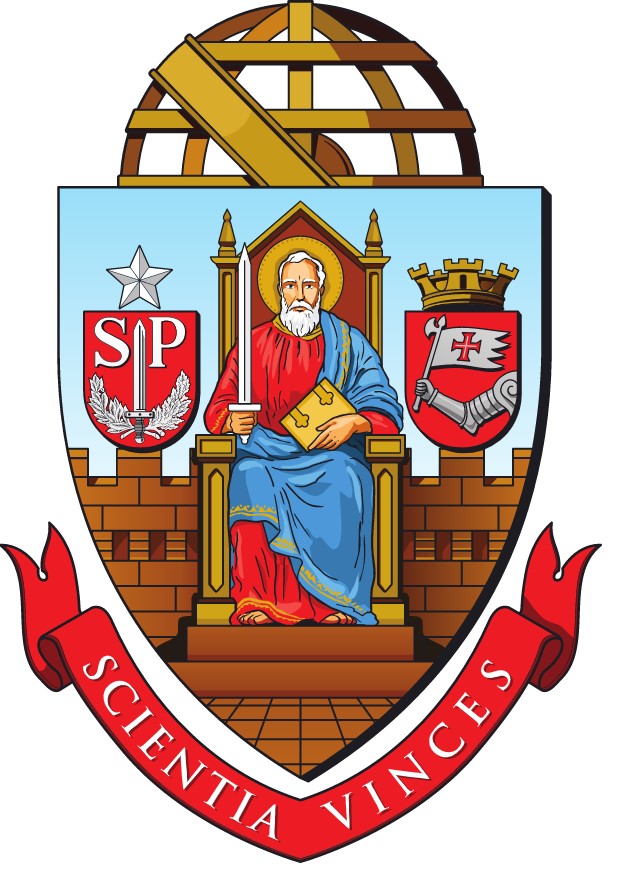
- Vancouver, Canada
The University of British Columbia - Vancouver is located at the mouth of the Fraser River, the south western part of the state of British Columbia, Canada, to be the third most populous metropolitan area in the country and the most populous in Western Canada. Vancouver is one of the most ethnically and liguistically diverse cities in Canada. Since 1980's, emigrants from many coutnries of the world have increased to make the city more ethnically and linguistically diverse, because it is well known as an urban center surrounded by nature. The largest industry is forestry and the second-largest is tourism. Port Metro Vancouver is the busiest and largest port by tonnage in Canada, and the most diversified and the fourth by tonnnage port in North America. UBC was established in 1908. Over 58,000 students from 140 countries have enrolled to study in the two vast campuses of Vancouver and Okanagan, to enjoy good relationship with other local universities, and to access substantial facilities.
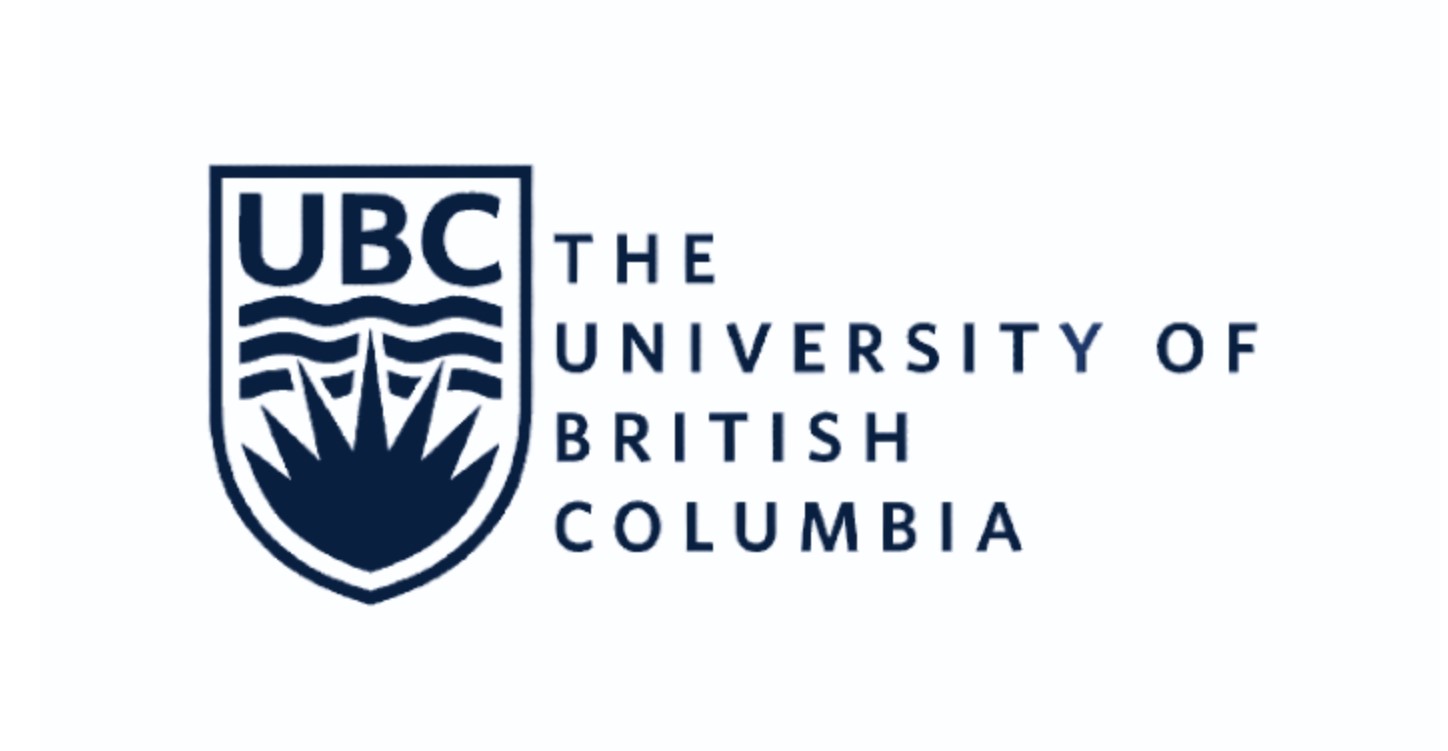
- Shanghai, China
Shanghai Jiao Tong University - Shanghai is located at the mouth of the Changjiang river on the east coast of Chinese continent. It is the largest commercial, trade and financial city in China and linked to Kobe and Shimonoseki via ferry. Many kinds of western-style architecture have been preserved since 1920, of which, Shanghai Municipal People’s Government and the Hongkong and Shanghai Banking Corporation besides Huangpu River are popular sightseeing spots. More than 30,000 Japanese live in Shanghai, comprising one of the largest Japanese communities in China. The total number of Japanese who are currently staying or visiting in Shanghai exceeds over 100,000. In 2010, World Expo was held in Shanghai. Shanghai Jiao Tong University (SJTU), directly subordinate to the Ministry of Education, was founded in 1896 as the Nang Yang Public School. It is one of the oldest universities in China. Jiang Zemin, the former president of China is one of its famous alumni. SJTU has 38,000 students and has been many international students from Korea, Japan, Germany and so on.
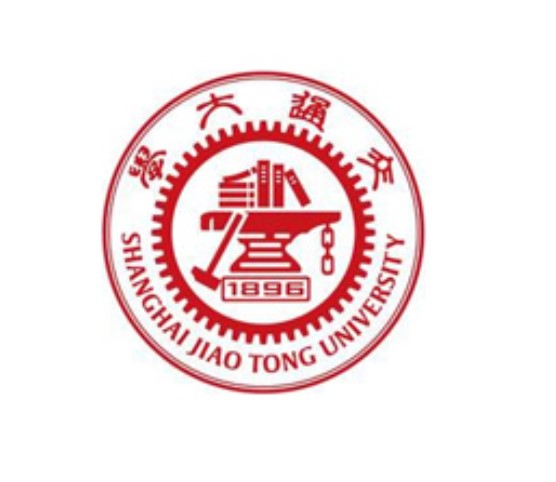
- Dalian, China
Dalian University of Technology - Dalian, located in the east coast of Eurasia, the southern tip of Liaodong Peninsula in northeast China, with Bohai Sea verging to the northwest and Yellow Sea to the southeast, is one of the most open cities in East Asia. Acknowledged to be one of the most tourist-friendly and inhabitable cities in China, Dalian is also northeast China’s main external gateway. In addition, it is an important international shipping center and logistics center, and a center of business, trade, information and tourism. Dalian University of Technology (DUT) is a key national university under the direct jurisdiction of the Chinese Ministry of Education. As a multi-disciplined university, DUT concentrates on science and technology, and covers economics, management, applied liberal arts, foreign languages and social sciences as well. There are graduate school, 7 faculties and 5 colleges with 32,000 full-time students. DUT has been active in academic exchange and cooperation both home and abroad. It has more than 150 international partner institutions of higher education or scientific research in more than 20 different countries and regions.

- Qingdao, China
Shandong University - Shandong University is established in 1901, and its main body is developed from Shandong Imperial College. It was the first university in China that was run in accordance with a university charter. Shandong University comprises 8 campuses in three different cities (Jinan, Qingdao and Weihai), covering an area of over 533 hectares. It enjoys a teaching and administrative staff of 7,493 and its full-time student population totals up to 60,000. There are at present 12 general disciplines for undergraduates and postgraduates. Shandong University, Qingdao, is located in the beautiful port-city Qingdao. Qingdao Port maintains trade relations with 700 ports in 180 countries and regions worldwide. The construction of Shandong University, Qingdao started in 2012. The first batch of students moved to the campus in September 2016, and the campus was fully operated in September 2017. It covers a land of 200 hectares, and the total investment is about 7.2 billion yuan. In September 2018,the number of faculty and students totals up to 10,000. Currently, it has 8 schools and 10 research institutes, including: School of Political Science and Public Administration,School of Law, School of Information Science and Engineering, School of Computer Science and Technology, School of Life Science, School of Environmental Science and Engineering, School of Innovation Intermediary and Sino-German College. Among them, 6 schools are moved directly from Jinan campus.
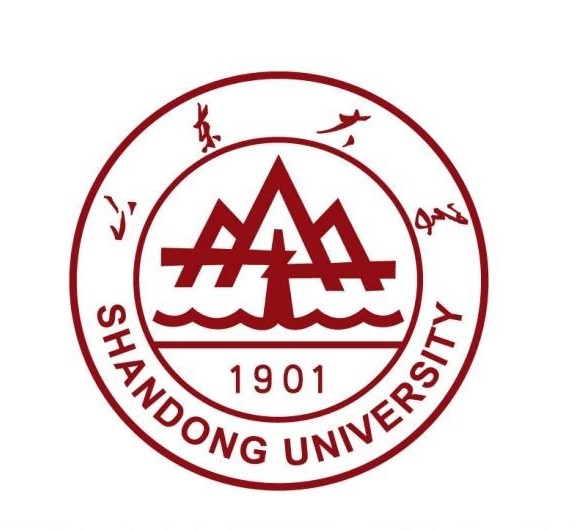
- Alexandria, Egypt
Alexandria University - Alexandria is the second largest city in Egypt after Cairo. It is a very historical port city, located in the northern part of the country. While ninety percent of the land is desert, the Egyptian Civilization developed in Alexandria thanks to the River Nile. Alexandria is famously called as “the Bride of the Mediterranean”. Since its establishment in 1952, Alexandria University has been contributing to the development of education not only of Egypt but also of Arabic and African countries. In 1960, it established Beirut Arabic University in Lebanon, and is currently working on the establishment of branches in Sudan and Chad.

- Chennai, India
Indian Institute of Technology, Madras - Chennai is the state capital of Tamil Nadu, a southern state in India, which used to be called "Madras." Located on the Coromandel Coast off the Bay of Bengal, the city has been the economic and industrial center in southern India for many centuries. It serves as a major gateway to South India, including the two major ports, Chennai and Ennore. The Chennai Port is the second largest port of India and the largest port in the Bay of Bengal, which handles transportation of automobiles, motorcycles and general industrial cargo, because a major part of India's automobile industry is based in and around the city thus earning it the nickname "Detroit of India." IIT Madras was established in 1959 to locate in the city of Chennai. The institute is a residential institute with nearly 550 faculties, 8,000 students and 1,250 administrative & supporting staff to have established itself as a premier center for teaching, research and industrial consultancy in the country.
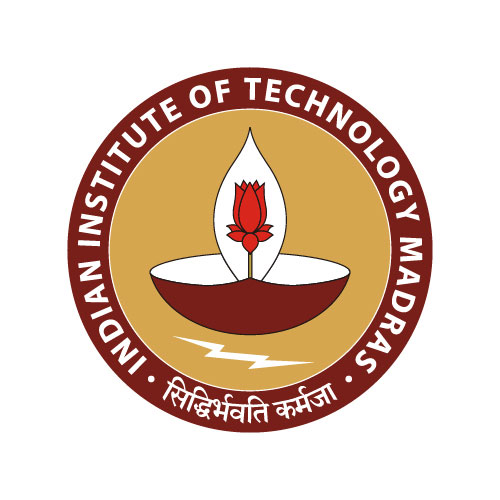
- Lampung, Indonesia
Institut Teknologi Sumatera - Lampung is a province located in the southernmost part of Sumatra (the sixth largest island in the world), Indonesia. Lampung province has two main busy ports (Panjang Port and Bakaheuni Ferry-Port) considering its role as the main gate for people and goods to enter Sumatra island from Java island across the Sunda Strait. Through these ports, hundreds of crossing trips from several sailing operators serve crossing services for private and public transport such as inter-province and/or inter-city passenger buses, goods trucks and private vehicles. Institut Teknologi Sumatera (ITERA) which is located in Lampung was founded in 2014. ITERA currently has 3 faculties consisting of 35 study programs (45 study programs in 2020), including some study programs with maritime focus oriented such as Ocean Engineering Program, and Marine Environmental Science Program. ITERA is a new state technology university in Indonesia but so progressive in the ideas because it was being supported by ITB (the first and strongest university in Indonesia in terms of Technology). Located in the port city, ITERA has strong relationship with Lampung Provincial and Cities Governments along with many stakeholders related to maritime area such as Panjang Port Authority, Bakaheuni Ferry-Port Authority and others.

- Cork, Ireland
コーク・カレッジ大学
University College Cork - University College Cork is an award-winning institution with a history of independent thinking stretching back over 170 years. UCC is proud to be ranked in the top 2% of universities in the world. Our beautiful university opened its gates to just 115 students in 1849. We now have a student population of over 22,500.
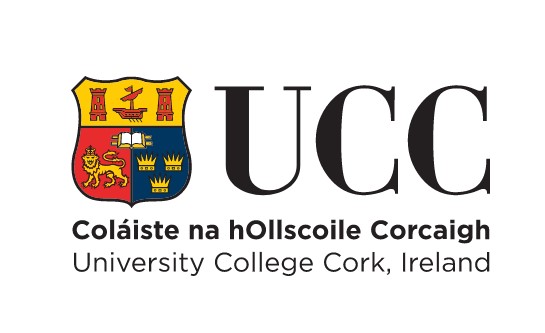
- Yokohama, Japan
Yokohama City University - Yokohama is the second largest city in Japan after Tokyo, with the population of over 3.5million. It plays a leading role in Japan’s trade, science and technology, arts and culture. Yokohama City University, appropriate for the international city of Yokohama, is dedicated to the pursuit of learning and to creating outstanding intellectual resources. The School of Medicine offers an education for leading medical doctors, general and public health nurses, possessing advanced specialized knowledge, technique, sense of ethics, and awareness of safety. The graduate schools offers an education founded on advanced cross-disciplinary studies and cutting-edge research in order to extend students' practical, original research abilities. About 4,500 students study on the campus.
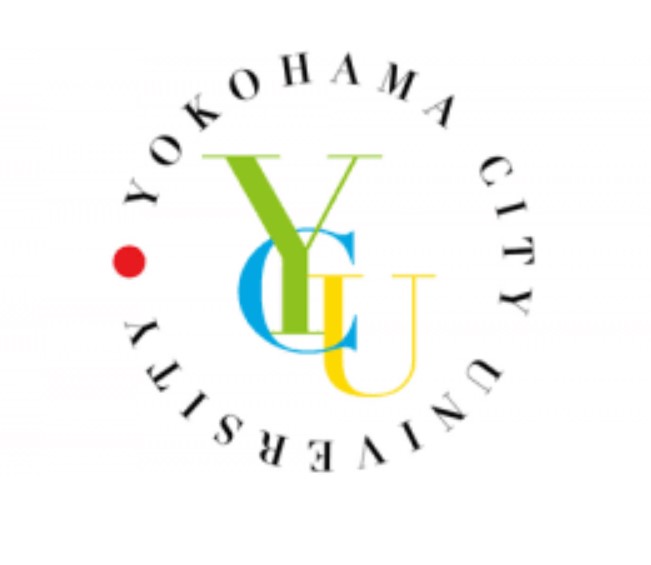
- Yokohama, Japan
Yokohama National University - Yokohama National University (YNU) has developed with the city of Yokohama, the birthplace of cultural enlightenment and the center of advanced industry in Japan. Holding “Be Active,” “Be Innovative, “Be Global” as its four fundamental principles, it offers high-level education and produces quality research results in the exceptionally leafy, green campus. All education and research conducted at YNU are based on practical knowledge so as to respond to the need of society. Its alumni play active roles in industry, academia, local community and government. YNU was established in 1949 by amalgamation of the Kanagawa Normal School, the Kanagawa Youth Normal School, the Yokohama College of Economics and the Yokohama Institute of Technology. Some 10,000 students are studying on a campus with some 1,000 teaching staff.

- Busan, Korea
釜慶大学校
Pukyoung National University - Pukyong National University has been evaluated as the best university to innovate undergraduate educational systems in forty four universities in Korea, since it successfully unified local national universities for the first time in the country. With excellent human resources, it has grown into a leading university in Korean advanced knowledge-based society, especially in maritime affairs and fisheries or engineering.. With world-class research performances, the university was designated as the research body in 21 national marine bioprocess projects.
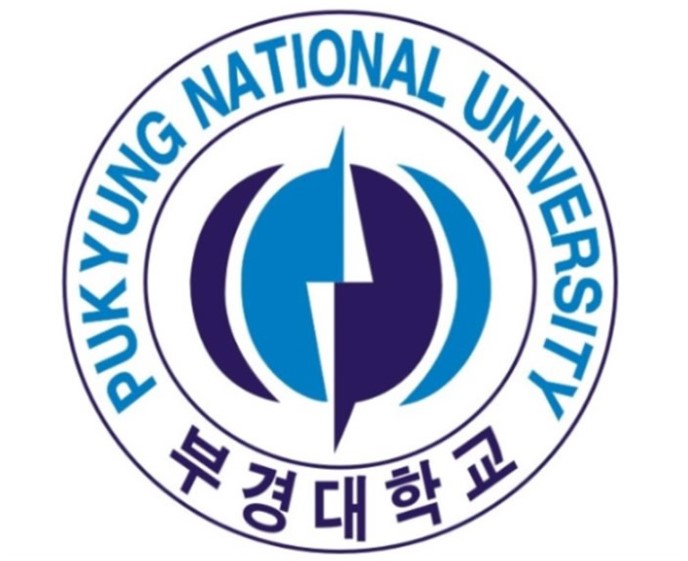
- Incheon, Korea
Incheon National University - Incheon, a gateway to Northeast Asia that holds both an international port and an international airport, is located in the mid-west of Korea, abutting the Yellow Sea. Its port showed the most active global trade among Korean ports, which is driving the development of the Korean economy and regional industries. Incheon National University is the only comprehensive university in Songdo, the core of the Incheon Free Economic Zone(IFEZ) which is the most attractive economic zone at Incheon Metropolitan City. The university continuously indicates enthusiastic efforts to develop the innovative education and research programs, which promise the fame of the global leading universities. Five specialized education programs such as International Commerce & Logistics, Urban Science, Regional Humanities, Intelligent System Fusion Research, and Bio-sciences, are selected as the challenging studies to foster future leaders of the Northeast Asian Era. The university is concentrating in reestablishment an research institute that deals with the fields of logistics, policy, environment and ecology, and urban regeneration in the port city, which contributes to the prosperity of Port-city Universities League.
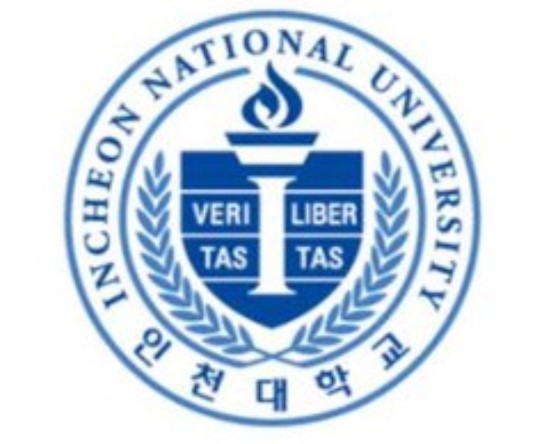
- Incheon, Korea
Ghent University Global Campus - Founded in 1817 in Ghent, Belgium, Ghent University is a public research university with more than 200 years of history equipped with a highest level of research capacity and record. Ghent University is the first European university to start a campus in Korea. Ghent University was invited by Korean government for having highly valued its worldwide reputation as a top 100 university and its life science programs which are ranked within the international top 40. Ghent University Global Campus opened in September 2014 offering three bachelor degree programs in life sciences: Environmental Technology, Food Technology and Molecular Biotechnology.
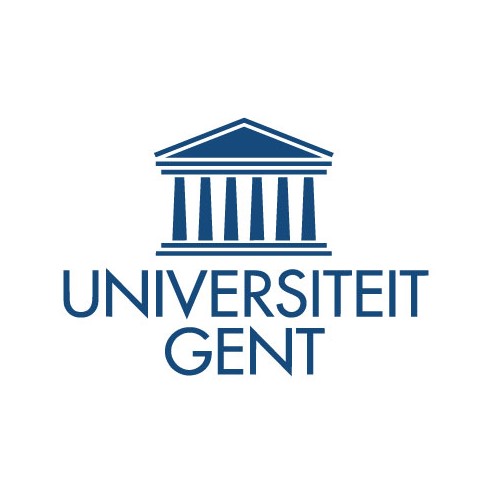
- Lisbon, Portugal
University of Lisbon - Universidade de Lisboa (ULisboa) is the largest and most prestigious university in Portugal and is one of Europe’s leading universities. Heir to a university tradition that spans over seven centuries, ULisboa acquired its current status in July 2013, following the merger of the former Universidade Tecnica de Lisboa and Universidade de Lisboa. ULisboa brings together various areas of knowledge and has a privileged position for facilitating the contemporary evolution of science, technology, arts and humanities. The quality of teaching, research, innovation and culture of ULisboa is attracting an ever increasing amount of talent from around the world. ULisboa main campus is located in the city of Lisboa, the capital and the largest city of Portugal, whose port is the longest in the country, situated on the banks of the Tagus river. ULisboa is committed to strengthening its capacity to act and to exercise influence in international strategic areas, especially through the development of further partnerships with Brazil, China and the Community of Portuguese-speaking countries. ULisboa hosted the third meeting of Port-city University League in 2008.
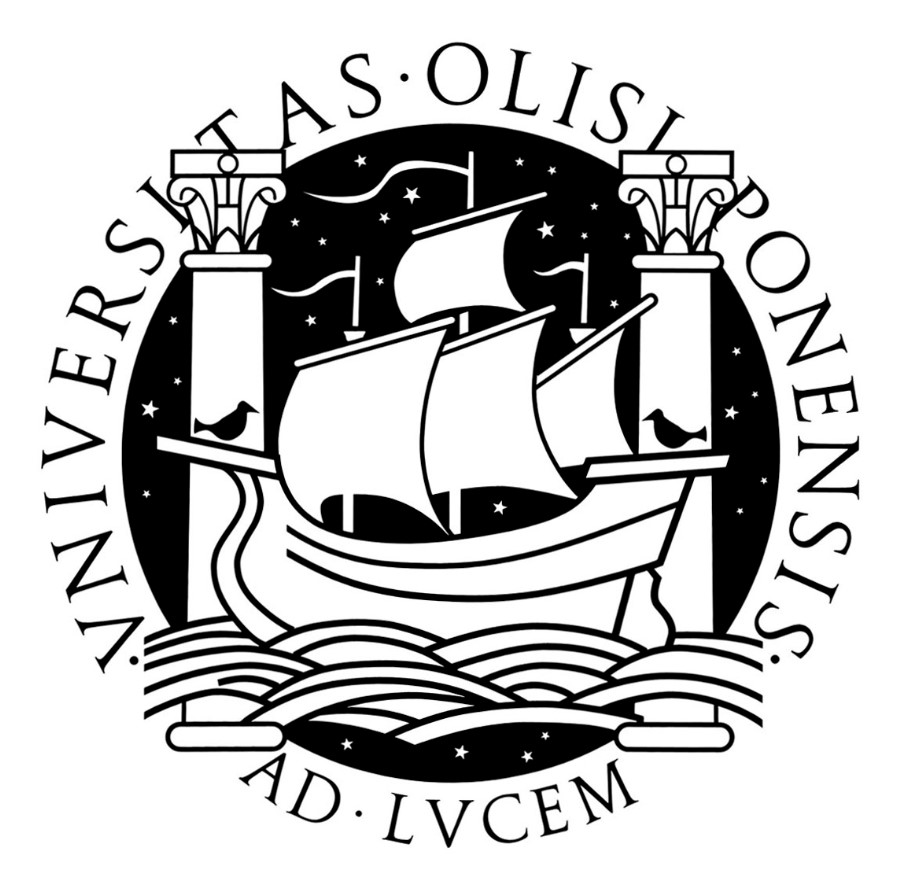
- Jeddah, Saudi Arabia
King Abdulaziz University - Jeddah “Bride of the Red Sea” is a Saudi city located (21.5433° N, 39.1728° E) on the eastern coast of the Red Sea with estimated population around 5 million. The history dates back to around 3000 years. UNESCO’s World Heritage Committee has included Jeddah in the world’s heritage list. Its sustainable growth depends upon one of the modern and busiest ports of KSA. It has grown during the last two decades as a center for business, gateway to the two holly cities, sustainable economic growth, environment friendly, rich of history, a dynamic international prospective, fosters growth of people and business, equitable and prospering and a leading tourist and international business destination. King Abdulaziz University (KAU) located in Jeddah, carries the name of the establisher of KSA, established in 1967 as a national university with the aim to provide higher education in the western part of the Country. It started its first year in 1968 with 68 male and 30 female students. A year after, College of Economics and Management was inaugurated, followed by the college of Arts and Human Sciences. Since than, it has progressed in all dimensions, pioneer in offering higher education. Presently, KAU consists of about 36 faculties, institutes and colleges and 26 research centers, 22 scientific chairs encompassing all spheres of life with 160,000 male and female students. The Deanship of Distant Teaching is also established to cope with the development in learning and teaching pedagogies. Faculty of Maritime Studies (FMS) started as a department of Faculty of Marine Sciences in 2003 and became an independent faculty in 2011. It is one the most effective faculty, providing conducive and innovative MET environment to produce Saudi seafarers and surveyors to fly the Saudi flag.
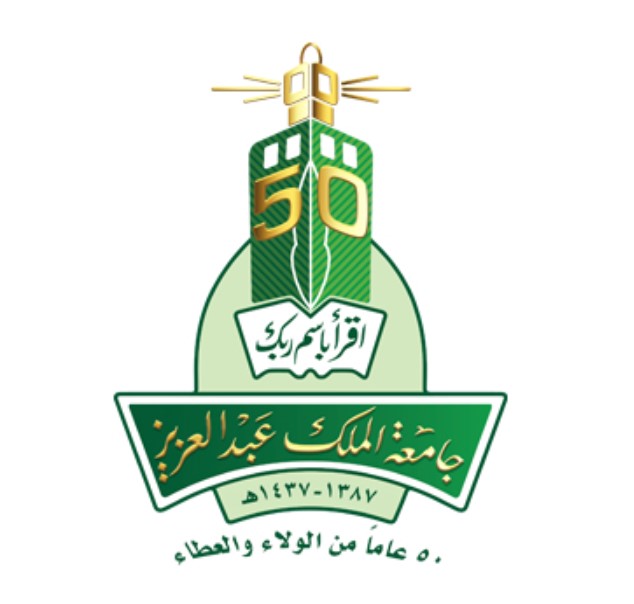
- Istanbul, Turkey
Istanbul Technical University - Situated between Asia and Europe across the Bosporus Strait, Istanbul is a historical megacity, which was the capital of the Roman Empire and the Ottoman Empire in the past. It was chosen to be one of the European capital of Culture for 2010. Istanbul Technical University was established in 1773 as the third oldest technical university in the world. It has been playing a leading role in Turkey in the area of engineering and architecture, and made great contribution to Turkey’s infrastructure development. Today, some 21,000 students are studying on five campuses.
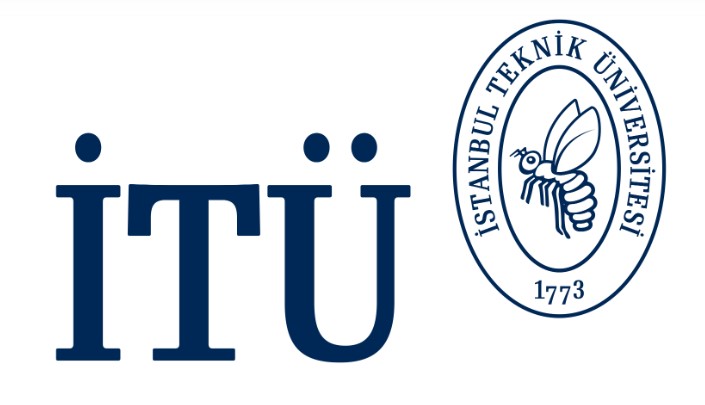
- Ho Chi Minh, Vietnam
Ho Chi Minh City University of Technology - Ho Chi Minh City is located on the west coast of Saigon River in the southern part of Vietnam. Formerly, it was the capital city of South Vietnam and called Saigon. Local people still call the city by the name Saigon, rather than Ho Chi Minh. It is the largest city in the country and the hub of the nation’s economy, while Hanoi is the center of its politics. Ho Chi Minh City University of Technology plays a leading role in research and education in Vietnam and has eleven faculties with more than 20,000 students in addition to some 1,000 teaching and administrative staffs. Many of its alumni are active both in the country and abroad.

- Southampton, United Kingdom
University of Southampton - Southampton, a very historical port city, is located in the southern part of the United Kingdom. It is a home port for many cruise ships including Queen Victoria and Queen MaryⅡ. It also gained fame as the port where the Titanic departed. The University of Southampton has over 24,000 students, making it the largest university in the south-east part of the country. The University emphasizes on business-academia collaboration and has achieved consistently high scores for its research and education activities. It is a member of the Russell Group of the leading research-intensive UK universities and is home to the Southampton Marine and Maritime Institute.

